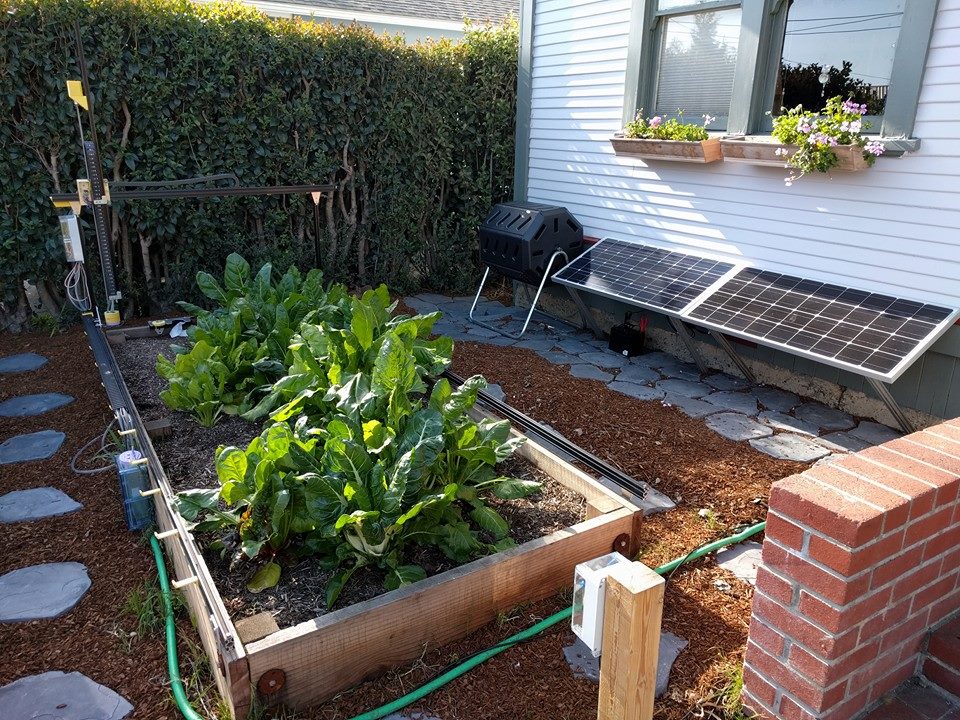This July pre-orders will begin for a robot that can turn pretty much anyone into an expert farmer. The FarmBot was a finalist in last year’s Hackaday contest and a solid combination of DIY tech for real-world applications.
FarmBot, developed by Rory Aronson, is an open source CNC farming machine that puts a spin on traditional food-growing techniques and lets users control and configure their farm and robot via smartphone, tablet or PC, with a drag-and-drop interface to graphically design their garden, a lot like a computer game.

The robot, which is more like a giant 3D printer that maintains crops instead of prints materials, is powered by a Raspberry Pi 3, Arduino Mega 2560, and RAMPS 1.4 shield. All of FarmBot’s plastic components are designed to be 3D printed with hobbyist-type printers.
The FarmBot is intended for people who want to grow their own food on a raised bed, urban rooftop, or in a greenhouse exactly the way they want it grown or small commercial farming businesses in order to save on labor costs and improve efficiency. In addition, the entire system can benefit researchers conducting growing experiments involving A/B testing,
Features
FarmBot comes equipped with a tool mount for 12 electrical connections, three liquid/gas lines, and magnetic coupling, as well as seed injection, and watering functionality.
Anyone familiar with gardening and farming will tell you that weeds can be a hassle. The FarmBot has a weed suppression tool that physically disrupts and destroys the fragile root systems of infant weeds. In addition, the bot gathers and employs real-time weather data in order to farm smarter and can be powered with renewable energy from a small off-grid solar panel.
If you’re interested in become a DIY farmer, here’s what you’ll need:
- Planter Bed: The FarmBot Genesis attaches to a raised bed or similar infrastructure.
- Electricity: The power supply needs to be plugged into a 110V AC or 220V AC GFCI outlet.
- Water: The solenoid valve that controls FarmBot’s watering has a 3/4″ female Garden Hose Thread (GHT) connection, so a standard U.S. garden hose is compatible. As an alternative, you can use FarmBot with collected rain water.
- Internet Connection: FarmBot can only be programmed and controlled using a web application, so an active internet connection is required to send and receive data. The Raspberry Pi has built-in Wi-Fi, but you may have to re-position your router to get everything in order.
The FarmBot creators have published all of the design files CAD and manufacturing files used to make FarmBot so users can make and modify custom parts.


Comments are closed, but trackbacks and pingbacks are open.